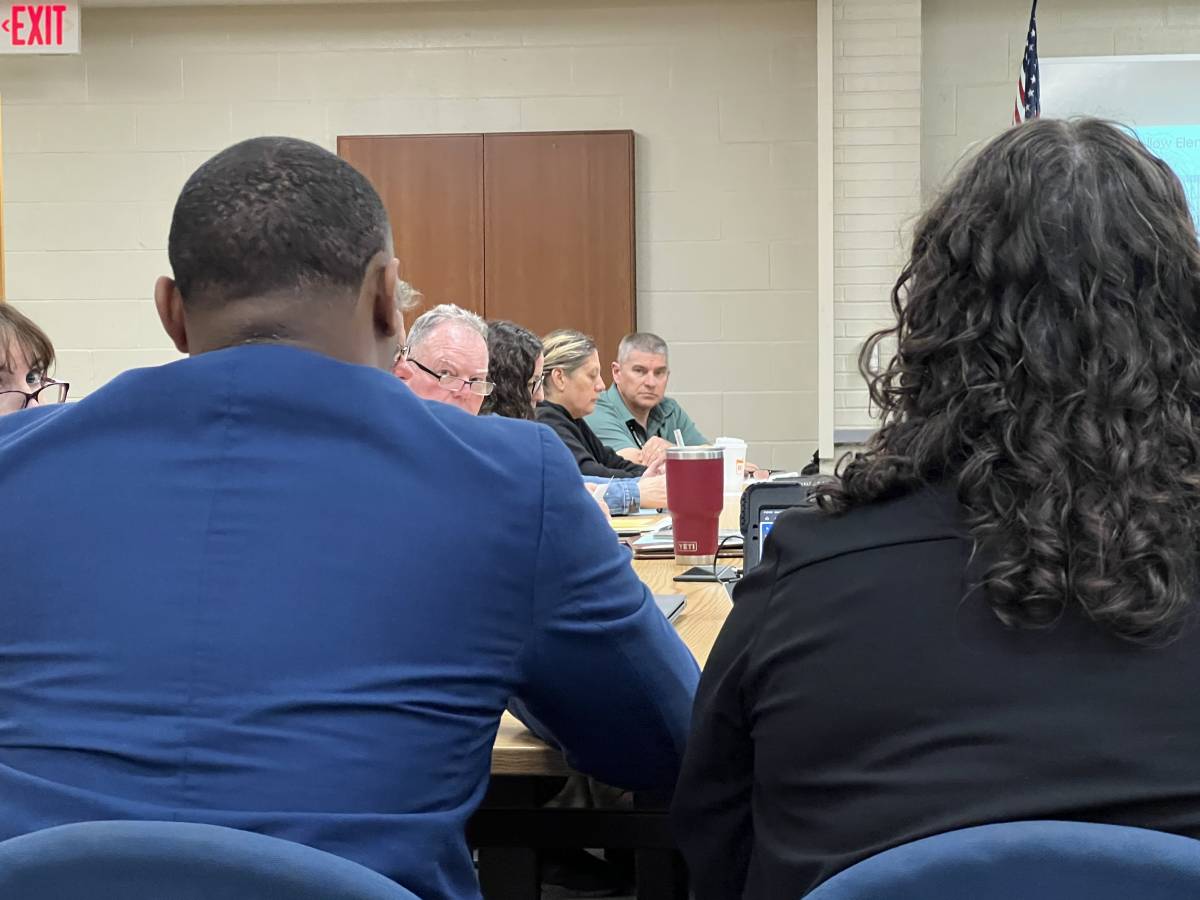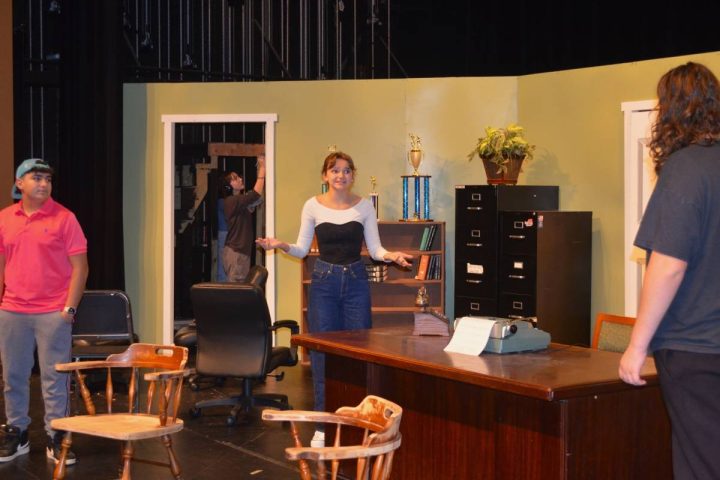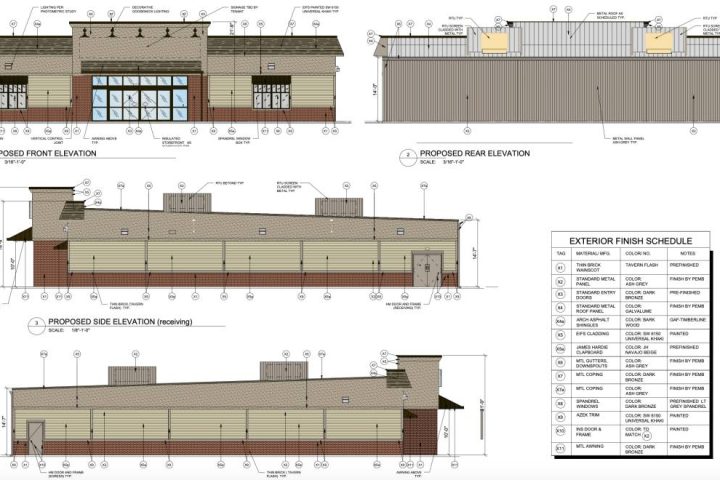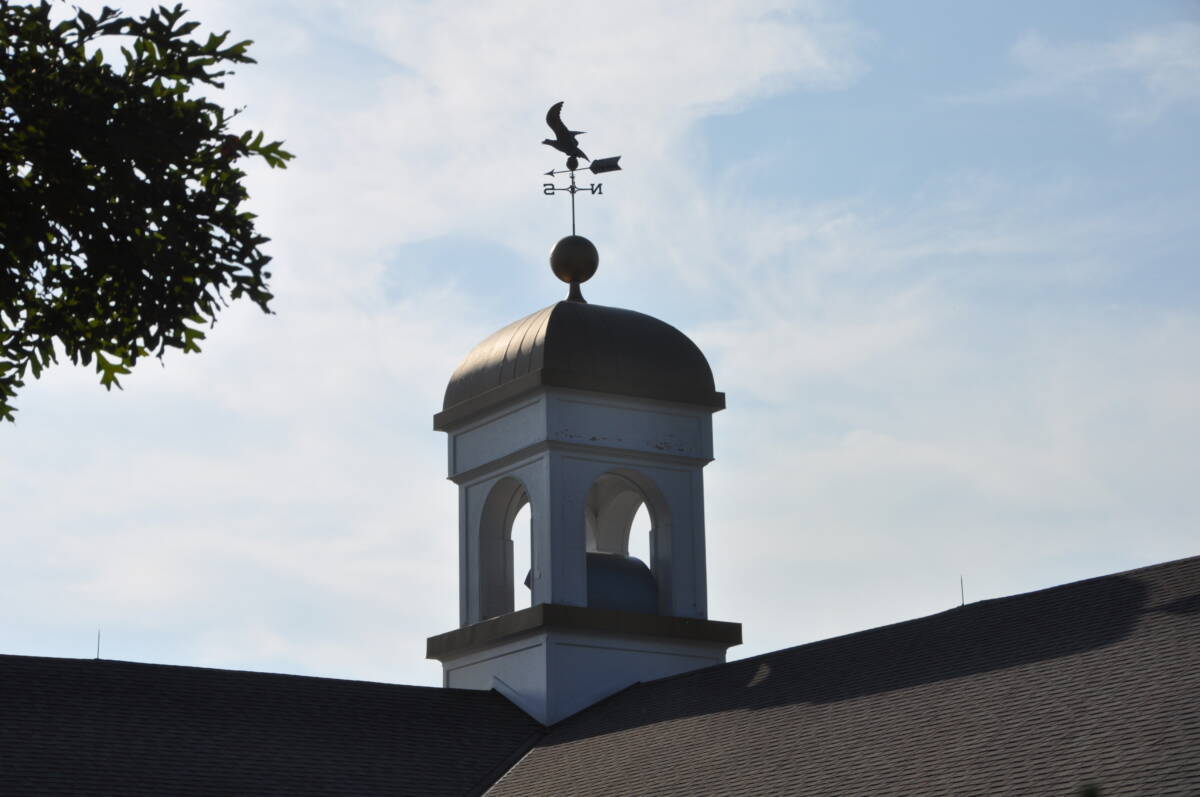MONROE, CT — Monroe has six old school buildings with outdated windows and doors, aging mechanicals and bathrooms that are not ADA compliant as a result. As growing enrollment puts a strain on classroom space, the Board of Education is assessing the district’s current and future needs.
Representatives of the firm Silver, Petrucelli and Associates recently made a presentation on the condition of the school district’s facilities and ranked needs based on priority.
The town does not have to do everything at once, but estimates for the total costs are $20.6 million for Fawn Hollow Elementary School, $24.1 million for Monroe Elementary, $20 million for Stepney Elementary, $23.2 million for Jockey Hollow Middle School, $43.5 million for Masuk High School and $43.6 million for Chalk Hill.
“We’re not trying to scare you with these numbers,” Michelle H. Miller, a project manager and architect, told board members after assessing Fawn Hollow at the board’s Sept. 16 meeting. “This is pretty common in a 1966 building. You’re gonna see a lot of the accessibility. These buildings are well maintained, beautiful and well taken care of and we’re not trying to poke holes in that by any means.”
If any of the projects were to be done this year, the current state reimbursement is 37.86 percent. Miller said new construction would cost significantly more and current reimbursement from the state for new schools is 27 percent.
Jeff Fulchino, a board member, noted how expensive estimates are to meet all recommendations for the town’s schools and asked how the cost of building new schools compares.
The cost per square foot for new construction is estimated at $900, according to Miller. Estimates to renovate and upgrade Fawn Hollow is $312 per square foot, $404 for Monroe Elementary, $339 for Stepney, $218 for Jockey Hollow, $167 for Masuk and $478 for Chalk Hill.
On Sept. 16, Miller was joined by Marquis Burwell, a mechanical engineer, and William Walter, an engineer and civil/site group manager with Benesch, in going over the study.
“This is very early: Phase one,” School Board Chairman David Ferris said after the meeting.
Ferris said a demographics report will be presented on Oct. 21, then a facilities master committee will be formed.
“That committee will do the rest of the work, working with Silver, Petrucelli and Associates on the final report of recommendations,” Ferris said. “Then the town will decide: Are we accepting these recommendations? This is all early.”
“This is just a first swing,” Superintendent Joseph Kobza said.
“We’re going to stay on pace with our capital plan and maintenance, but won’t spend any money if there’s a chance of demolition,” Ferris said. “We pulled back on projects already.”
One project was $500,000 for the paving and lighting at Monroe Elementary School. “We already knew this facilities study was coming,” Ferris said.
He said the committee meetings will be posted and the committee will include all of the stakeholders, including the first selectman and members of the Town Council, Board of Finance, Board of Education, administrators and parents.
The Board of Finance was invited to the Sept. 16 meeting and several members attended, including Vice Chair Katherine Stauffer, Steve Kirsch and Mark O’Donnell.
“We’ll make sure these buildings are operable. Nothing’s happening tomorrow,” Ferris said.
A copy of the facilities study is posted on the Monroe Board of Education’s website.
Things to consider
Silver, Petrucelli and Associates’ team reviewed existing documents and drawings, and architects and engineers toured the buildings with staff to make a visual assessment:
- Civil
- Architecture (exterior-interior)
- Plumbing and fire protection
- Mechanical
- Electrical
- develop narratives and visual observations
- Create spreadsheets of violations or repairs
- Cost
- Priority
They applied priority numbers of one through four with a soft cost to give “the big picture” in the 250 page report. The recommendations included code issues that should be addressed soon.
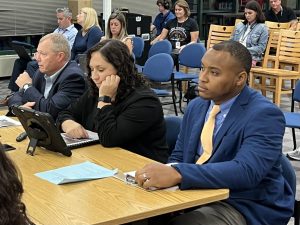
“Please understand these cost estimates are very conceptual,” Miller said. “We don’t have drawings, we haven’t measured everything in detail, but we do use numbers from recent bids. We try to apply that. But a lot of times we use costs per square foot, specifically with mechanicals, roofs and windows. Those numbers come in handy and they’re pretty solid numbers.”
Fawn Hollow was built in 1966 and renovated in 1989 and there are old windows with single pane glazing from both years that are nearing the end of useful life, according to Miller.
This is an issue at other schools, including recommendations to replace the oldest playground equipment and to upgrade the parking lots, which have handicap spaces that are not ADA compliant.
The consultants agreed parent pickups and drop-offs could be “problematic” if Chalk Hill is reopened as a school. Chalk Hill has not been used as a Monroe school since about 2010 and it was last used by Sandy Hook Elementary School in 2016.
The consultants recommend separate drop offs, one for buses and one for parents.
Jerry Stevens, a school board member and retired teacher, recalled a time when all of the schools were open. Kobza said students in grades 6-8 were on the same buses, because Jockey Hollow and Chalk Hill started school at same time.
Mechanicals such as boilers and HVAC systems are among the costliest upgrades for Monroe’s schools.
Whenever work is done in ceilings, it is recommended that LED lights and ballasts be installed.
Changes for ADA compliance throughout the buildings were also common needs, such as the hardware on doors, modern drinking fountains, lifts for access to stages and ADA compliant bathrooms, which require more room.
“Do we have enough square footage in the bathrooms to make them handicap accessible?” Dennis Condon, a school board member, asked.
“You’d have to take from the classrooms,” Miller said. “That’s why nobody wants to do it.”
“Our enrollment is exploding. Are you gonna shrink a classroom?” Stevens posed a question to express his concerns. “I know we need the ADA compliant bathrooms, but shrinking the classrooms with 30 students …”
When talking about some of the town’s oldest buildings, Kirsch said he didn’t hear about asbestos. Miller said they do not know if there is any asbestos in the schools because only visual assessments were done, adding that could only drive costs up.
Kirsch also asked if the consulting firm knows what high priority recommendations would be eligible for state reimbursement. Miller said no, but they will eventually have that information.
All respectful comments with the commenter’s first and last name are welcome.

